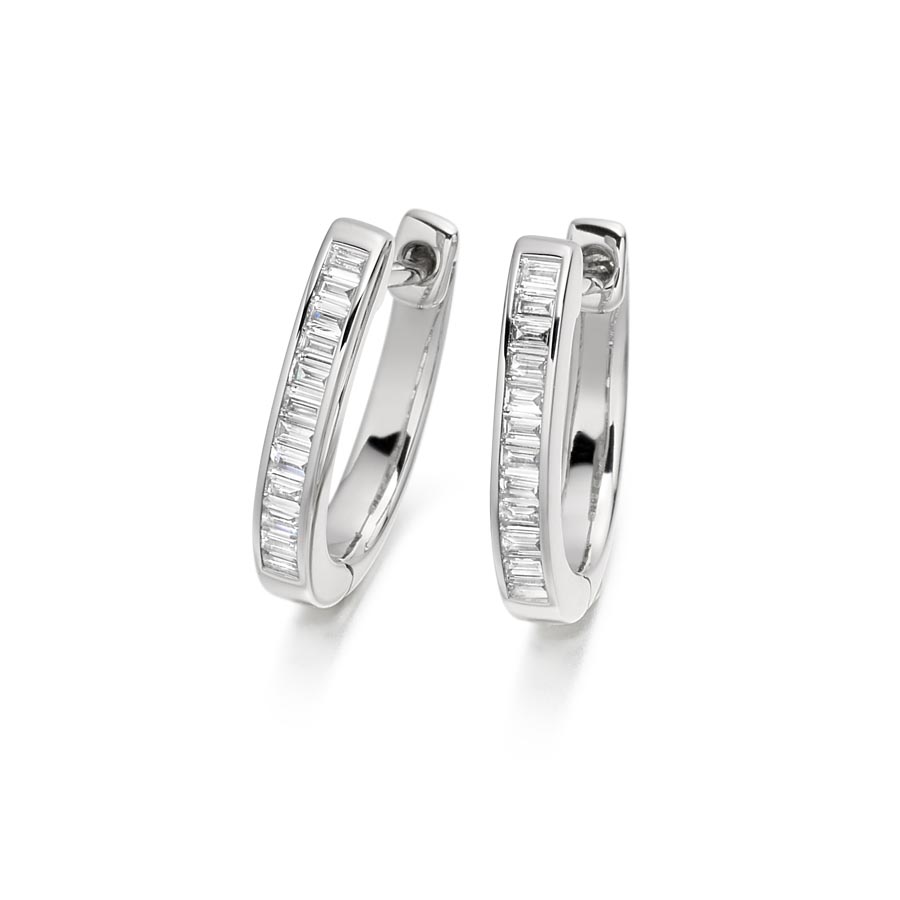June is the only month to have three stones associated with it, giving those born within the 30 days of this month the chance to pick from either pearls, alexandrites & moonstones.
Pearls
The pearl is not only the world’s oldest gem but it is also the only gemstone in existence that is made by living creatures and not found under the earth like most other gemstones. It is created within the soft tissue lining of the molusk or oyster. It is very difficult to trace the exact history of pearls due to the process of their formation, however one of the first traces of pearls was in the tomb of a Persian princess around 420 BC. In the Orient, they also adorned paraphenalia associated with the monarchy and were known to be associated with values such as virtue and love, wisdom and justice, and spirituality and righteousness.
The rarest and hence, the most valuable pearls are those that are formed naturally and sporadically in the wild. They are not readily available and can cost in the hundreds of thousands. A necklace made of strands of natural pearls will sell at auction for figures within the millions. Perhaps one of the most valuable (and extremely rare) pearls that can be found on the market today is the Melo Melo. Formed by the Melo Melo sea snail around oceanic parts of Thailand, Burma and Vietnam the pearl is an incredibly beautiful orange colour which can range from intense orange to yellow.
The majority of pearls sold today however are cultured or farmed pearls and are divided into Ashoka, Tahitian, Freshwater or South Sea pearls. They first became accessible to pearl-lovers in the early 1900s when the first commercial culturing of saltwater pearls began in Asia.
Alexandrite
 An Alexandrite is a rare gemstone that was first found near the Tokovaya River in Russia’s Ural Mountains in 1830. It is often referred to as ‘emerald by night; ruby by day’ due to its mineral composition and light reflecting/colour changing abilities. The stone soon came to be recognised as the national stone of tsarist Russia (the military colours of Old Imperial Russia) when it was discovered in the 1800s. The Alexandrite mines in Ural, Russia are nearly exhausted today however, the stone can be found in large deposits in Sri Lanka and Brazil.
An Alexandrite is a rare gemstone that was first found near the Tokovaya River in Russia’s Ural Mountains in 1830. It is often referred to as ‘emerald by night; ruby by day’ due to its mineral composition and light reflecting/colour changing abilities. The stone soon came to be recognised as the national stone of tsarist Russia (the military colours of Old Imperial Russia) when it was discovered in the 1800s. The Alexandrite mines in Ural, Russia are nearly exhausted today however, the stone can be found in large deposits in Sri Lanka and Brazil.
Moonstone
 The moonstone was named by the Greeks after its similarity to the moons silver light. The GIA (Gemological Institute of America) describe one of the most captivating elements of the moonstone, which is composed of feldsper minerals, is its ability to mimic an appearance of movement. The misty light seems to roll across the gem’s surface as you change the viewing angle. Moonstone gemstones can vary in colour from white to grey to orange to yellow to a peach colour and they are often referred to as the ‘dream stone’, as wearing a piece of jewellery with the gem is said to bring sweet dreams to the wearer.
The moonstone was named by the Greeks after its similarity to the moons silver light. The GIA (Gemological Institute of America) describe one of the most captivating elements of the moonstone, which is composed of feldsper minerals, is its ability to mimic an appearance of movement. The misty light seems to roll across the gem’s surface as you change the viewing angle. Moonstone gemstones can vary in colour from white to grey to orange to yellow to a peach colour and they are often referred to as the ‘dream stone’, as wearing a piece of jewellery with the gem is said to bring sweet dreams to the wearer.
If you have been inspired by this post on June’s birthstones and would like to browse a sample of our gemstone selection, click HERE. Call us on 016778449 to find out more and to view our entire collection during your one on one personal consultation.







